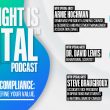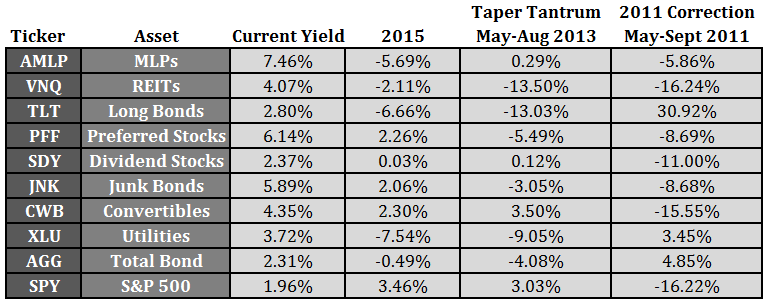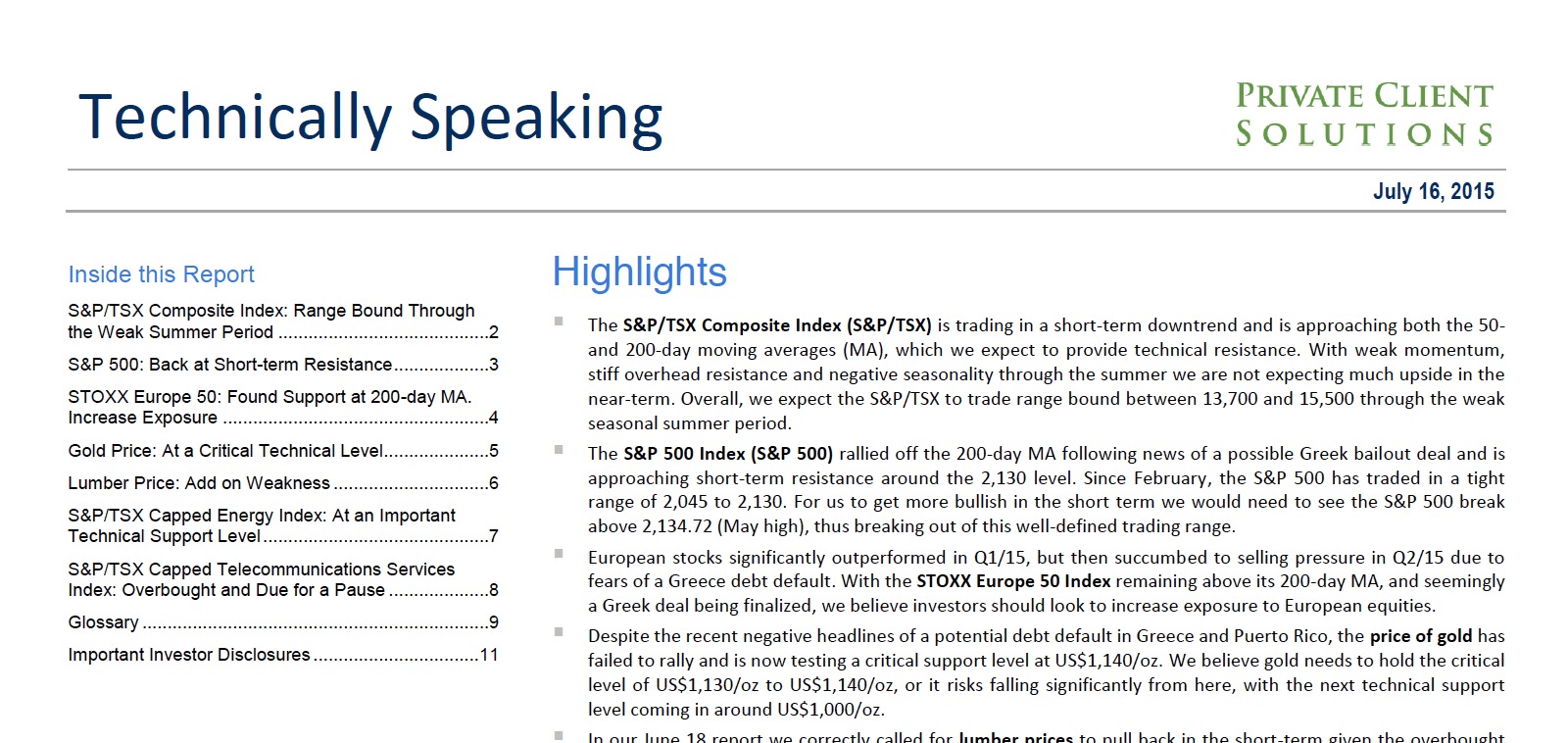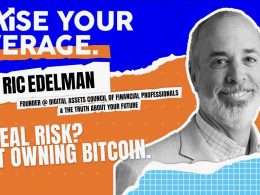by Ben Carlson, A Wealth of Common Sense
Every retiree’s dream investment is to find safety in principal and earn enough income to not have to touch that principal. In a world of zero percent short-term interest rates, this is easier said than done.
These days there’s no such thing as living off the interest income anymore. In the understatement of the year, yesterday the Fed admitted that the credit markets are currently showing some signs of a reach for yield. As everyone already knows by now, low interest rates can lead to the unappealing choice of safety with lower yields or risk with higher yields.
It may not feel like it, but interest rates have actually risen this year. The 10 year treasury yield ended 2014 at 2.17% and currently sits at around 2.38%. This has led to losses in a handful of income-producing investments this year. When thinking about the risks in many of the current bond-substitutes investors are using, it can be helpful to look at how they performed during past market upheavals.
Here’s a table that shows many of the most popular higher yielding investments investors have been flocking to over the past couple of years along with their current yield, 2015 returns to date and their performance during the taper tantrum and last large U.S. stock market sell-off:
I’ve also included the S&P 500 and the Barclays Aggregate ETF for comparison purposes. You can see that many of these risky assets can lose their entire annual stream of income in just a few short months. Some have done so this year already. Some of these investments held up better when interest rates rose, while others performed better when stocks fell.
Unfortunately, there’s no such thing as a “safe bet” if you’re looking for yield right now. Risk and return are always attached at the hip, but risk gets dialed up a notch with income-producing investments when yields are so low. Investors also have to be aware of the fact that there are plenty of others out there who have also joined the chase for yield. It’s hard to say how this will affect these investments going forward.
Many retirees try to focus exclusively on how much income they can earn on their portfolios. I always like to think in terms of total returns and not just income or yield. Seeing a large yield often provides investors with a false sense of comfort if they’re not aware of the underlying risks attached to that yield. With the relentless rise in the stock market over the past six years or so, I can understand why so many investors would like to find a relatively less risky place to allocate to that also pays some income above the rate of inflation.
That strategy can work, but you have to understand the potential risks from this approach, including the fact that many other investors have been thinking the same thing for a number of years now. You always want to have a reason for every investment in your portfolio. Yield alone isn’t enough of a reason.
Further Reading:
It’s Not a Chase For Yield, It’s a Chase For Fees
Subscribe to receive email updates and my quarterly newsletter by clicking here.
Follow me on Twitter: @awealthofcs
My new book, A Wealth of Common Sense: Why Simplicity Trumps Complexity in Any Investment Plan, is out now.
Copyright © A Wealth of Common Sense















